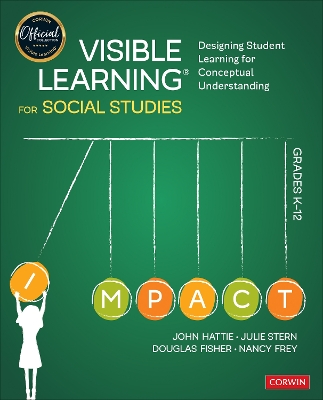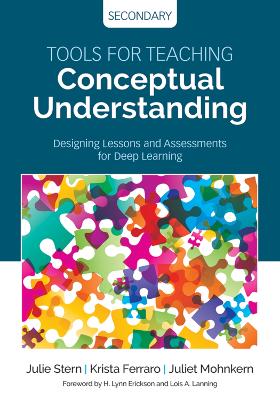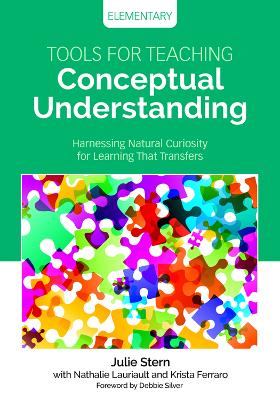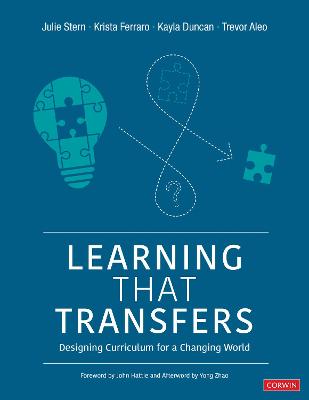Corwin Teaching Essentials
4 total works
Visible Learning for Social Studies, Grades K-12
by John Hattie, Julie Stern, Douglas Fisher, and Dr Nancy Frey
Help students move from surface-level learning to the transfer of understanding.
How do social studies teachers maximize instruction to ensure students are prepared for an informed civic life? This book shows how the field is more than simply memorizing dates and facts-it encapsulates the skillful ability to conduct investigations, analyze sources, place events in historical context, and synthesize divergent points of view. Best practices for applying visible learning are presented through:
* A scaffolded approach including surface-level learning, deep learning, and transfer of learning
* Examples of strategies, lessons, and activities best suited for each level of learning
* Planning tools, rubrics, and templates to guide instruction
Tools for Teaching Conceptual Understanding, Secondary
by Julie Stern, Krista Ferraro, and Juliet Mohnkern
Tools for Teaching Conceptual Understanding, Elementary
by Julie Stern, Nathalie Lauriault, and Krista Ferraro
Teaching overly-factual content to young students is misguided: it is developmentally inappropriate, and ignores what we know about how children naturally learn. We can and should view all children as thinking beings, creating ideal environments for them to make sense of the world while being very careful to protect their inherent love of learning. This book teaches a concept-based curriculum in a way that respects the developmental stages of childhood with intellectual rigour. Infants rapidly develop their understanding of concepts such as hot and cold, happy and sad, in and out, and at three years old, they begin their characteristic, persistent questioning: "Why? Why? Why?" By following this natural tendency, the book's approach cultivates their conceptual understanding in a gentle manner that honours their innate curiosity.



